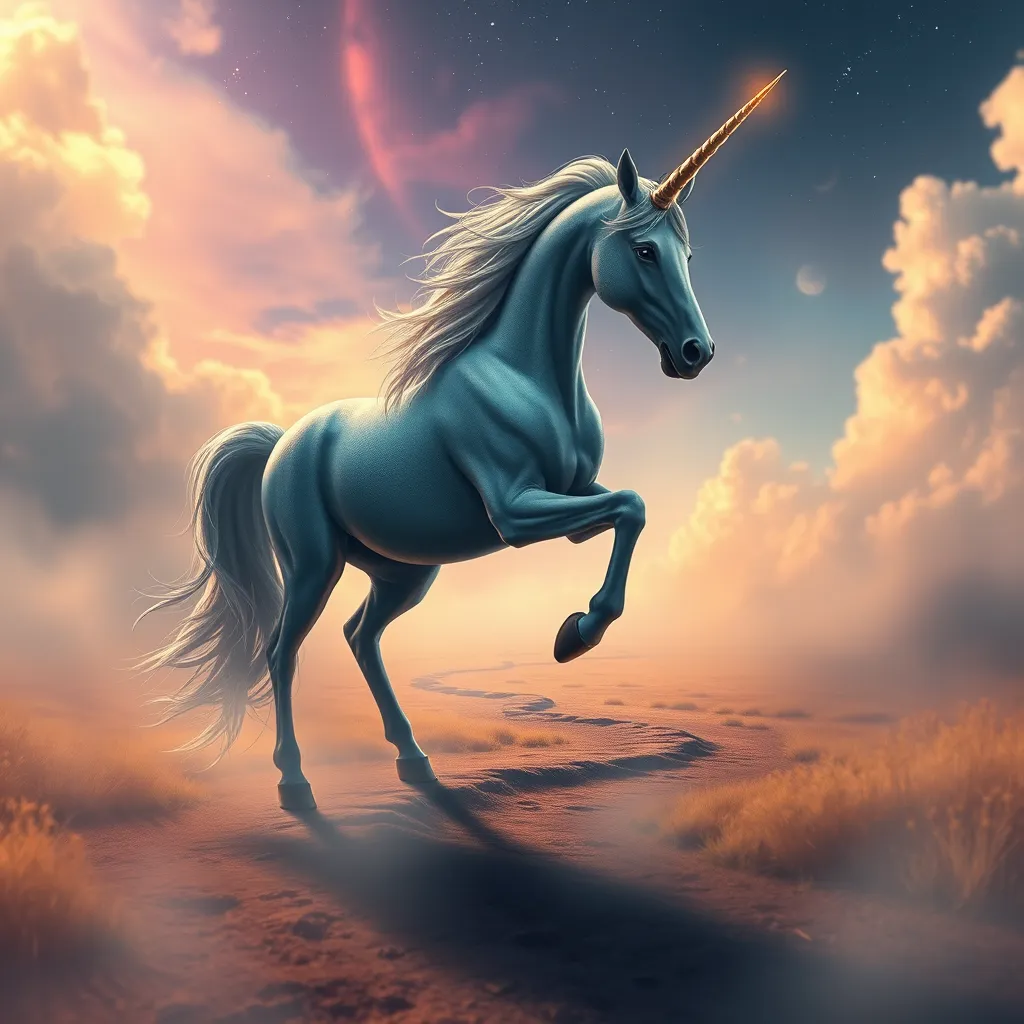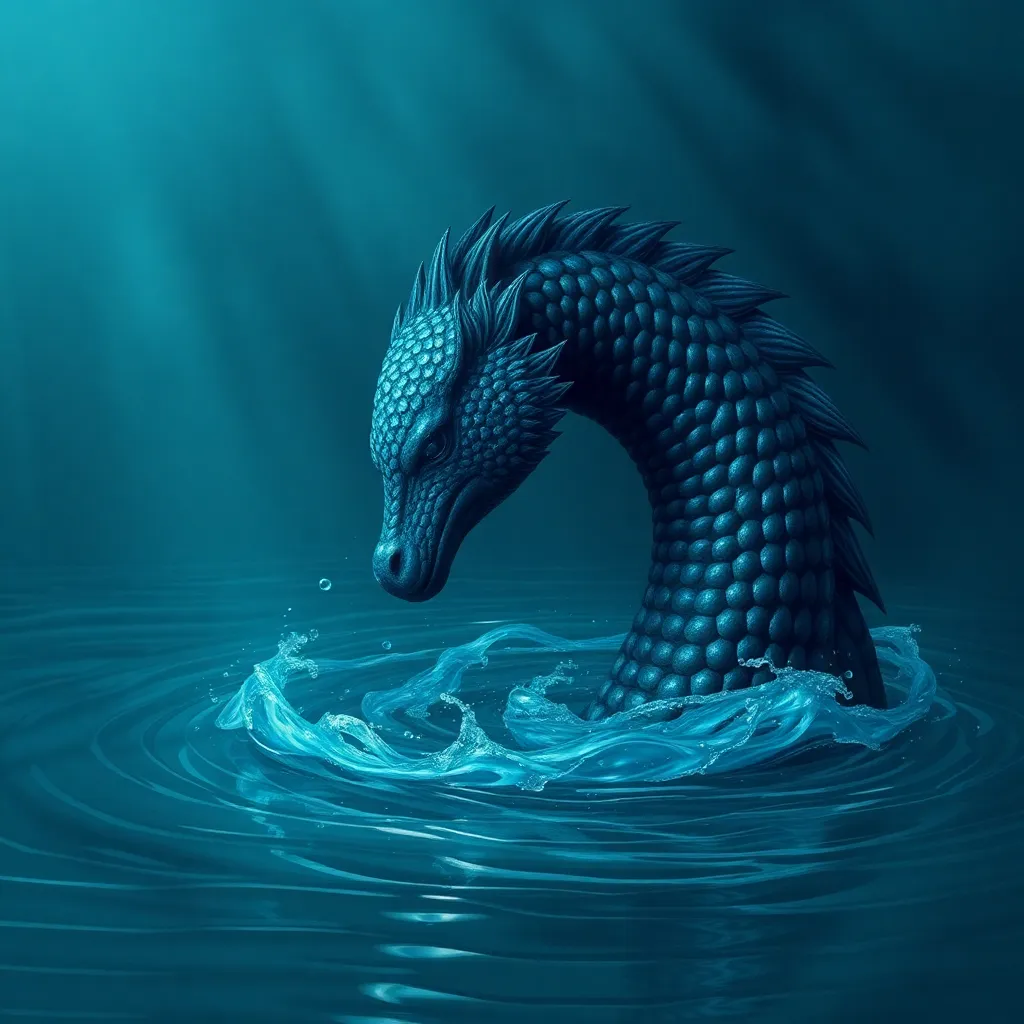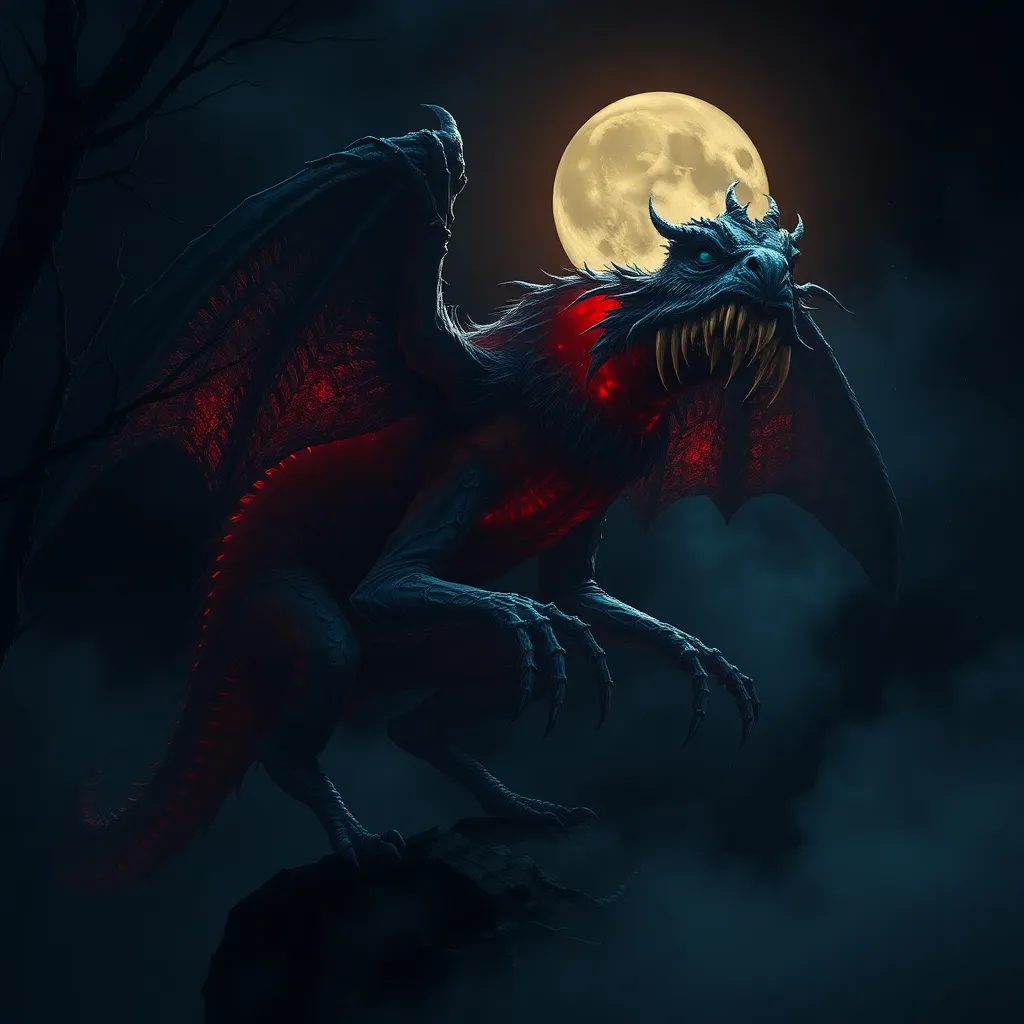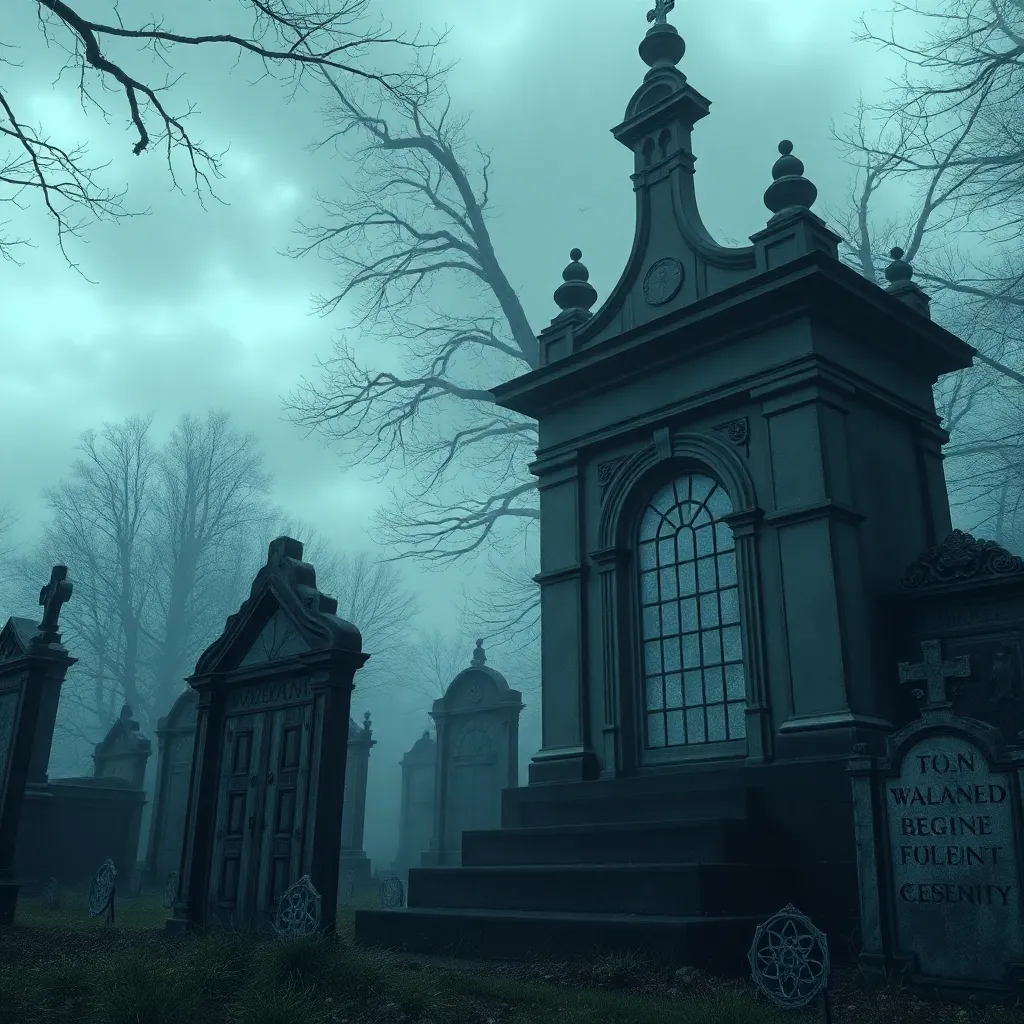The Unicorn’s Path: Tracing the Unicorn in Indian Mythology
I. Introduction
The unicorn, a legendary creature often depicted as a horse-like being with a single spiraled horn on its forehead, has captured the imagination of cultures around the world. Its symbolism varies across different societies, representing purity, grace, and the elusive nature of truth. In global mythology, unicorns are often associated with the divine and the mystical, appearing in various forms in Western, Eastern, and Indigenous narratives.
Exploring the unicorn within the context of Indian mythology offers a unique perspective, revealing how this enigmatic creature fits into the rich tapestry of Indian cultural heritage. Indian mythology is replete with diverse and intricate stories that often blend the boundaries between the real and the fantastical. Understanding the unicorn’s role in this landscape can deepen our appreciation of its symbolism and significance.
This article aims to trace the origins and representations of the unicorn in Indian mythology, exploring ancient texts, iconography, symbolism, and regional variations. By doing so, we hope to shed light on the cultural narratives surrounding this mythical creature and its relevance in contemporary society.
II. Historical Context of Mythical Creatures in India
Ancient Indian mythology is a vast and complex domain, characterized by a multitude of deities, creatures, and narratives that convey moral and philosophical teachings. Myths are not merely stories; they reflect the values, beliefs, and experiences of the society from which they emerge.
In contrast to Western mythology, where the unicorn is often portrayed as a solitary and elusive creature, Indian mythology tends to explore a broader range of mythical beings that embody various aspects of life and spirituality. The symbolism in Indian folklore often intertwines with cultural practices, rituals, and the natural world.
- Symbolism: Symbolism plays a vital role in Indian folklore, as creatures like elephants, tigers, and peacocks are imbued with meanings that go beyond their physical forms.
- Mythical Beings: Indian mythology includes a variety of mythical beings such as the Garuda, Naga, and Asura, each with its own significance and narrative.
III. The Unicorn in Ancient Texts
References to unicorn-like creatures can be found in ancient Indian scriptures, particularly in the Vedic texts. The term “ekashringa,” meaning “one-horned,” is often interpreted as a reference to a unicorn or a similar mythical creature.
In the Rigveda, one of the oldest sacred texts of Hinduism, there are allusions to creatures with single horns. Scholars have debated the precise meaning of these references, suggesting that they could represent a unicorn or perhaps a symbol of a more profound spiritual truth.
- Ekashringa: The interpretation of “ekashringa” has evolved, with some viewing it as a representation of the cosmic unity of all beings.
- Puranic Texts: The Puranas, which are a genre of ancient Indian literature, further elaborate on the characteristics and significance of such creatures, often weaving them into the larger narrative of the universe.
IV. The Unicorn in Indian Iconography
The artistic representations of unicorns in Indian art are both fascinating and varied. From ancient sculptures to modern paintings, the unicorn has been depicted in numerous ways, reflecting the influence of regional styles and artistic traditions.
The portrayal of unicorns in Indian iconography often combines elements of local culture and mythology, resulting in unique interpretations that differ from the classic Western representations.
- Regional Styles: Different regions of India, such as Rajasthan and Gujarat, have their own distinct styles of art that influence how unicorns are depicted.
- Case Studies: Notable examples can be found in sculptures from ancient temples and frescoes in palaces, showcasing the unicorn as a symbol of beauty and elegance.
V. Symbolism and Cultural Significance
The unicorn holds a special place in the symbolic landscape of Indian mythology. As a creature representing purity and grace, it is often associated with divine beings and spiritual journeys.
In various traditions, the unicorn is seen as a harbinger of good fortune and a protector against evil forces. Its presence in rituals and traditional practices further emphasizes its importance within the cultural context.
- Symbol of Purity: The unicorn embodies purity, often linked to virtuous qualities and spiritual enlightenment.
- Divine Associations: In some narratives, unicorns are associated with gods and divine beings, reinforcing their role as intermediaries between the earthly and the divine.
VI. Regional Variations and Folklore
Across India, various states have their own legends and folklore featuring unicorn-like creatures. These regional variations highlight the diverse interpretations and significance of the unicorn in different cultural contexts.
- Local Legends: In certain regions, unicorns may be depicted as guardians of the forest or as creatures that possess magical properties.
- Impact of Beliefs: Local beliefs and practices significantly influence the portrayal of unicorns, often reflecting the unique cultural identity of the area.
VII. The Unicorn in Modern Indian Culture
In contemporary times, there has been a resurgence of interest in unicorns, with many artists, writers, and filmmakers drawing inspiration from ancient myths. This revival has led to a blending of traditional narratives with modern storytelling techniques.
The symbolism of the unicorn continues to resonate in popular culture, appearing in literature, art, and entertainment, often reinterpreted to reflect current societal values and aspirations.
- Literature and Art: Modern Indian literature often revisits mythical themes, including unicorns, to explore identity, spirituality, and the human experience.
- Media Influence: The portrayal of unicorns in films and television shows has introduced these mythical creatures to a broader audience, sparking renewed fascination.
VIII. Conclusion
Tracing the unicorn in Indian mythology reveals a rich tapestry of cultural narratives that highlight the significance of this mythical creature. From ancient texts to modern representations, the unicorn serves as a symbol of purity, grace, and the interconnectedness of life.
As we explore and celebrate these narratives, it becomes essential to preserve the cultural heritage and the wisdom embedded in these myths. Future research and exploration of mythical creatures in India can further enrich our understanding of this diverse and vibrant culture.



